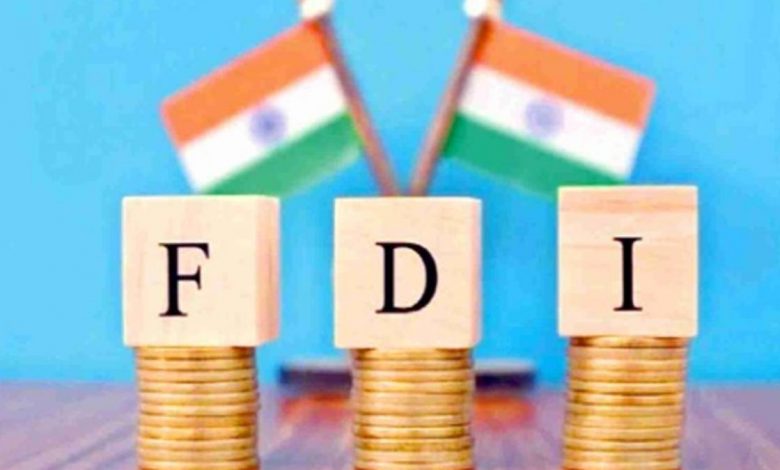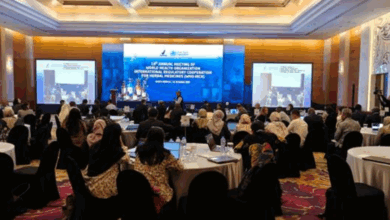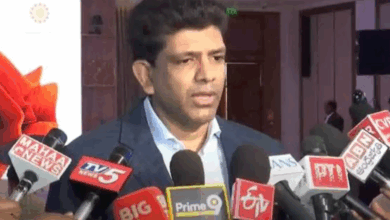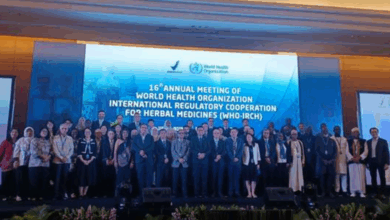Government measures resulted in increased FDI inflows

India received the highest ever FDI inflow of INR 6,31,050 crores in FY 2021-22
The Government has put in place a liberal and transparent policy for attracting Foreign Direct Investment (FDI), wherein most sectors, except certain strategically important sectors, are open for 100% FDI under the automatic route. Subject to the provisions of the FDI Policy, foreign investment in the ‘manufacturing’ sector is under automatic route. Manufacturing activities may be either self-manufacturing by the investee entity or contract manufacturing in India through a legally tenable contract, whether on a Principal to Principal or Principal to Agent basis. Further, a manufacturer is permitted to sell its products manufactured in India through wholesale and/or retail, including through e-commerce, without Government approval.
Measures taken by the Government on FDI policy reforms have resulted in increased FDI inflows in the country. India has received its highest ever FDI inflow of INR 6,31,050 crores in the Financial Year 2021-22. Further, FDI Equity inflow in Manufacturing sectors has increased to INR 1,58,332 crore in Financial Year 2021-22 from INR 89,766 crore (FY 2020-21), which is an increase of 76%.
India’s monetary and fiscal Policies have been positioned to lower inflation and manage the Current Account Deficit (CAD). Under this overarching framework, monetary and fiscal adjustments are done to address emerging economic issues.
FDI Equity inflow in Manufacturing sectors increased to INR 1,58,332 crore in FY 21-22 from INR 89,766 crore (FY 2020-21)
Further, the Reserve Bank of India has undertaken several measures to enhance forex inflows. These measures include:
i. exemption of incremental Foreign Currency Non-Resident (Bank) [FCNR(B)] and Non-Resident (External) Rupee (NRE) deposits from Cash Reserve Ratio (CRR) and Statutory Liquidity Ratio (SLR),
ii. permission to banks to raise fresh FCNR(B) and NRE deposits without reference to the extant regulations on interest rates until end-October 2022,
iii. inclusion of all new issuances of G-Secs of 7-year and 14-year tenors under the Fully Accessible Route (FAR) for FPls,
iv. exemption of investments by FPls in G-Secs and corporate debt made till October 31, 2022, from short-term limit,
v. allowing FPI in commercial paper and non-convertible debentures with an original maturity of up to one year,
vi. temporary increase in the limit for external commercial borrowings (ECBs) under the automatic route from US$ 750 million or its equivalent per financial year to US$ 1.5 billion,
vii. increase in the all-in cost ceiling under the ECB framework by 100 basis points, subject to the borrower being of investment grade rating, and
viii. permission to AD Cat-I banks to utilise overseas foreign currency borrowings for lending in foreign currency to entities for a wider set of end-use purposes, besides exports.
This information was given by the Minister of State in the Ministry of Commerce and Industry, Shri Som Parkash, in a written reply in the Rajya Sabha today.
Disclaimer : This is an official press release by PIB.








